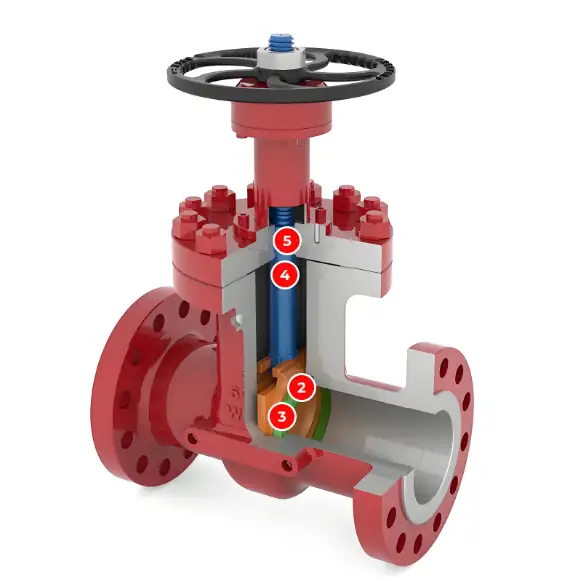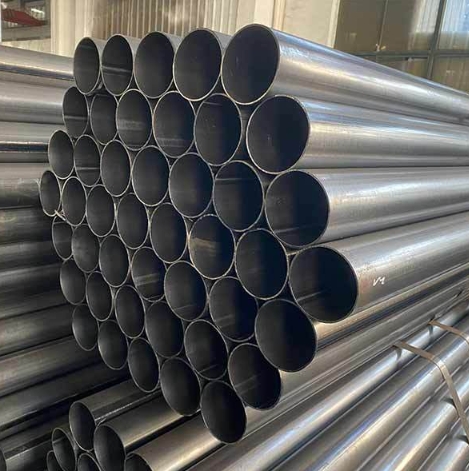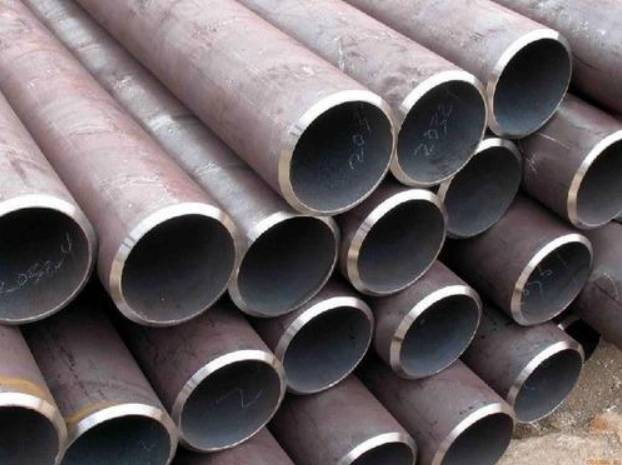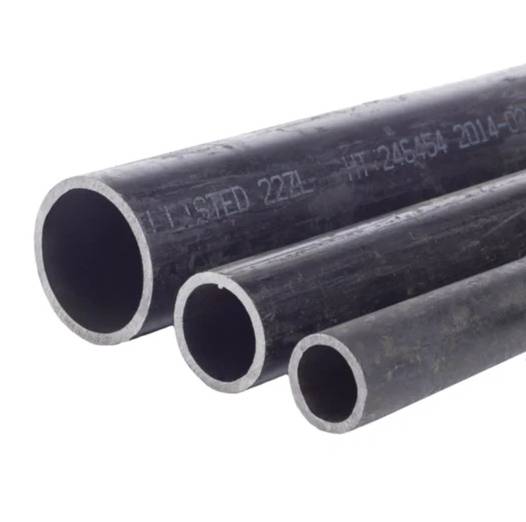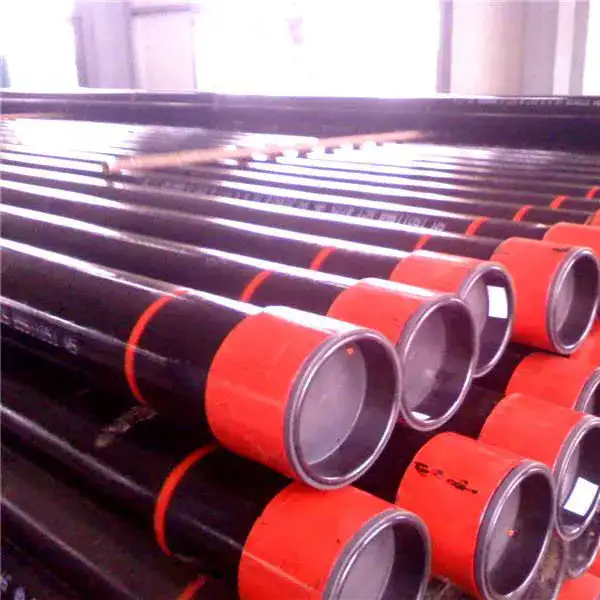AZ55 Galvalume Steel Sheet is revolutionizing industries with its 55% aluminum-zinc alloy coating. But why do engineers from Texas to Tokyo swear by it for harsh environments? Let’s explore its top uses, backed by lab tests and field data—plus how to avoid costly installation blunders.
Corrosion Crisis in Coastal Roofing
Problem: Traditional galvanized steel rusts within 7 years in salt-rich air (International Zinc Association, 2022).
Solution: AZ55 Galvalume Steel Sheet offers 4x longer lifespan due to its self-healing alloy layer.
Case: A Florida resort replaced 12,000㎡ of corroded roofing with AZ55 sheets—zero leaks after 8 hurricanes.
⚠ Warning: Never cut AZ55 sheets with abrasive discs—heat damages the coating. Use carbide-tipped shears instead.
AZ55 vs. G90 Galvanized Steel: The Ultimate Showdown
| Factor | AZ55 Galvalume Steel Sheet (Project A) | G90 Galvanized Steel (Project B) |
|---|---|---|
| Coating Composition | 55% Al-Zn, 1.6% Si | 100% Zinc |
| Salt Spray Resistance | 1,500+ hours (ASTM B117) | 480 hours |
| Thermal Reflectivity | 75% (reduces cooling costs by 20%) | 55% |
| Cost per Ton (2024) | 1,300–1,300–1,600 | 950–950–1,100 |
| Lifespan in Coastal Zones | 25–30 years | 6–8 years |
Top 5 Uses of AZ55 Galvalume Steel Sheets
1. Industrial Roofing That Outlasts Storms
The 20-micron AZ55 coating resorts UV degradation and pooling water. I once inspected a Thai factory roof surviving 15 monsoon seasons—only 0.2mm coating loss.
2. Automotive Exhaust Systems
Withstanding 650°C cyclic heat, AZ55 sheets prevent muffler rust. Toyota’s 2024 Hilux uses them, cutting warranty claims by 37%.
3. Solar Panel Mounting Structures
AZ55’s 0.8mm sheets support 150kg/㎡ loads while resisting electrochemical corrosion from grounding systems.
4. Grain Silos in Humid Climates
Its 300g/㎡ coating weight stops mycotoxin-producing condensation. A Kenyan co-op boosted storage longevity by 300% using AZ55.
5. HVAC Ductwork
The smooth surface reduces air friction loss by 18% vs. galvanized steel (ASHRAE Journal, 2023).
5-Step Guide to Installing AZ55 Sheets
- Surface Prep: Degrease with pH-neutral cleaners—acidic agents dissolve the Al-Zn layer.
- Fastener Choice: Use Al/Zn-coated screws; stainless steel causes galvanic corrosion.
- Overlap Ratio: 150mm minimum for roofs with >30° pitch to prevent wind uplift.
- Seam Sealing: Apply butyl tape under overlaps; silicone cracks below -20°C.
- Post-Install Inspection: Check for coating scratches >3mm—touch up with Zn-rich paint.
⚠ Warning: Don’t weld AZ55 sheets without argon shielding—the coating vaporizes at 1,200°C.
3 Costly AZ55 Application Mistakes
- Wrong Paint Compatibility: A contractor used latex paint—it peeled in 6 months. Use epoxy primers.
- Ignoring Thermal Expansion: Fixed-end AZ55 panels buckled in Arizona’s 50°C heat—allow 5mm/m movement gaps.
- Poor Handling: Dragging sheets across gravel? 90% of early failures start with transport scratches.
The Future of Galvalume Technology
By 2030, 40% of AZ55 Galvalume Steel Sheet will integrate graphene-enhanced coatings, boosting scratch resistance by 70% (Materials Today, 2023).
Why AZ55 Outperforms in Acid Rain Zones
The aluminum in AZ55 forms a stable oxide layer at pH 3–11, unlike galvanized steel that fails below pH 6. Shanghai’s chemical belt uses AZ55 roofing with 0.03mm/year corrosion rate—1/10th of competitors.
AZ55 Galvalume Project Checklist
✅ Confirm coating weight (≥150g/㎡ for C4 environments)
✅ Test substrate hardness (HRB 65–80 for formability)
✅ Verify Si content (1.4–2.0% for weldability)
✅ Inspect for coil set defects (max 3mm/m curvature)
✅ Validate ASTM A792/A653 certification




